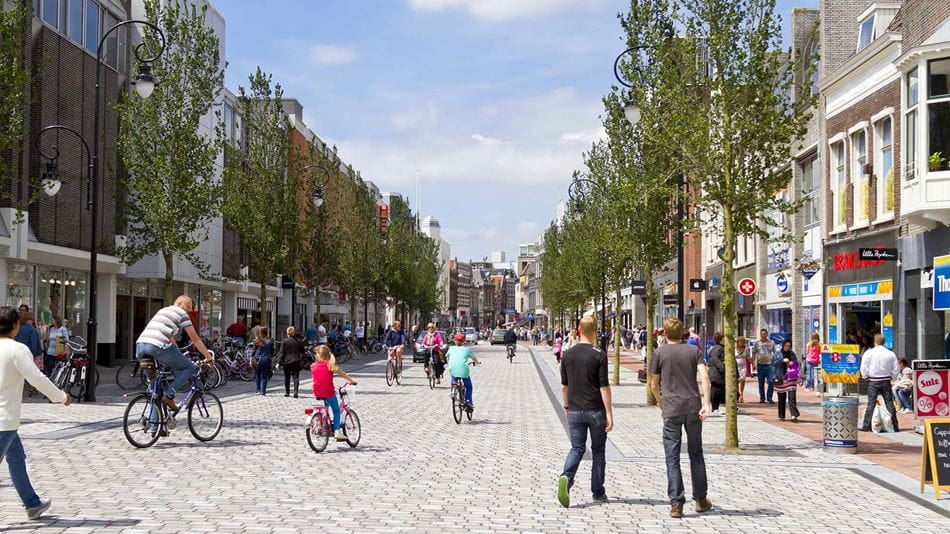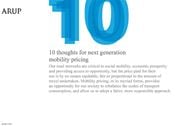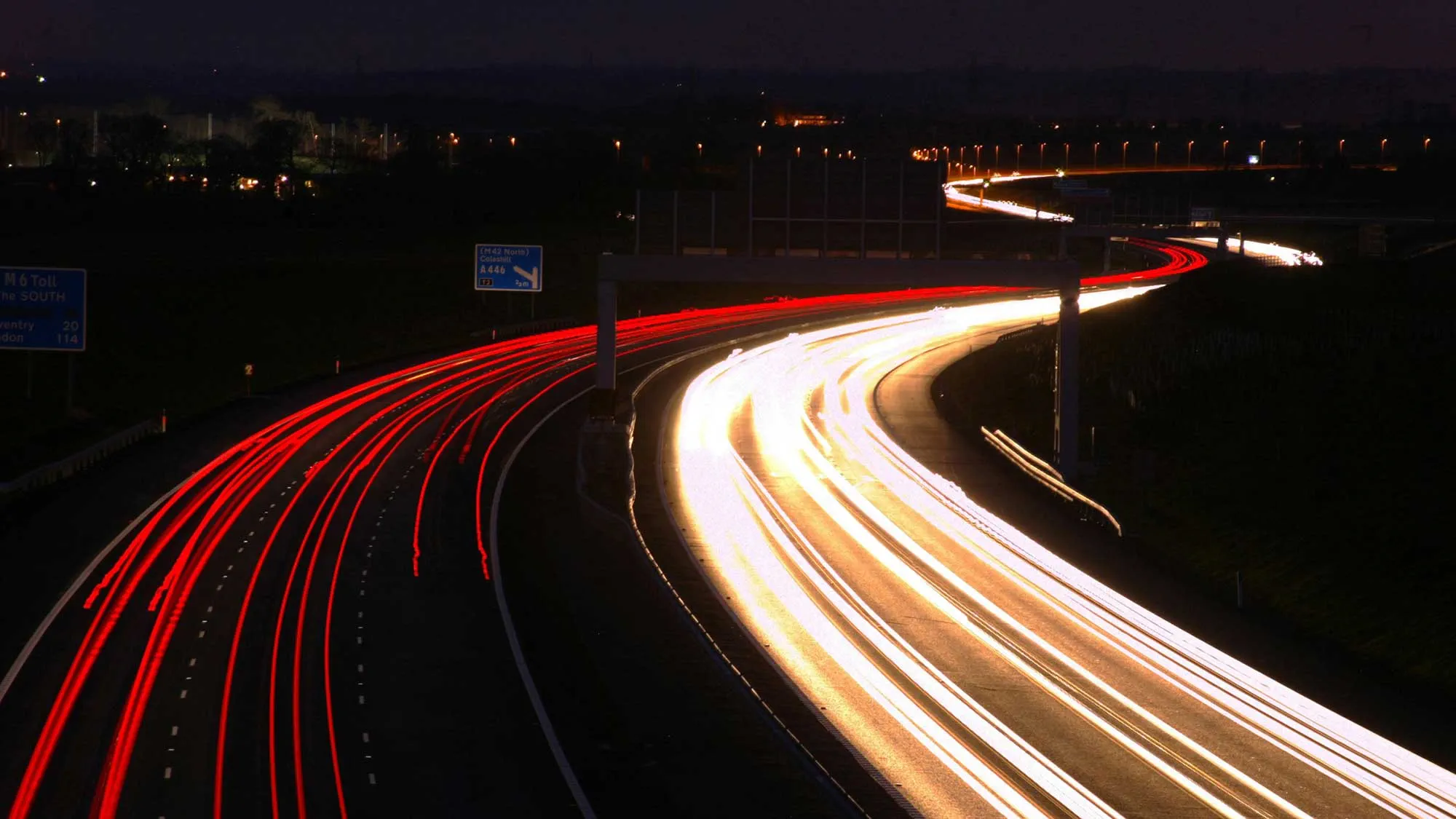The strategic road networks across Europe and the Americas were largely developed in the 1960s and 1970s, and large investments lie ahead to keep these critical assets safe and serviceable. When they were first being designed and built the funding required was generally provided from central taxation. Today, the funding models and wider congestion and emissions priorities roads must meet are vastly more complex. Is it time to revisit road-pricing as we develop a more ambitious vision for 21st century highways?
Changing perceptions
The UK is an instructive example of how complicated funding can become. In a recent report (August 2020) its government stated, as we all know, that the public appetite for road pricing schemes has traditionally been low. In part, this public resistance is due to the early 2000s’ political discussion on road user charging, where the general public believed that the fees paid wouldn’t be a direct reflection of road costs or investments made – just another tax to endure.
Since then a patchwork of disparate road pricing schemes have come into operation, largely aimed at trying to tackle specific air quality or congestion issues, with some grumbles but also large-scale acceptance. There are London’s ULEZ emissions fee and Congestion Charge schemes, road user levies for heavy goods vehicles, regional clean air zones, tunnel and road bridge tolls, and a plurality of local approaches to parking. It’s hard for any driver to navigate, but given the changing perceptions around the costs of personal mobility choices, perhaps an opportunity for more coordinated mobility pricing is emerging.
In 2020, the idea of road-user charging is gaining traction once more. In the EU, there are already discussions on forms of taxation to complement the emerging era of post-fossil fuel vehicles, following the principle that the polluter or user should pay, with money raised reinvested in energy-efficient transport. And in the UK, research by the RAC suggests that 40% of drivers now think that a 'pay-per mile' system would be fairer than the current system of fuel duty.
The right time for national pricing?
Three converging factors raise the possibility that a national road user charging scheme could make sense and provide clear funding for the future. Firstly, wider governmental targets, specifically the carbon net zero by 2050, suggest a growing need (and likely acceptance) to shape public use of roads and highways. Second, the need to address the multi-billion pound hole in public finances that will follow as a result of our move away from fossil fuels and their associated tax receipts. And thirdly, a growing public expectation of consumer simplicity, reliable infrastructure and the preparedness to pay for services that ‘just work’.
We also now better understand the importance of localism, particularly after a year when neighbourhoods have witnessed sudden drops in road use, improvements in air quality and where unlikely social policy experiments have had space to take place. A flexible national road pricing scheme could provide national and local government with a tool to implement policy levers – whether they be carbon reduction, congestion, freeing up space/place or other local needs. The tariffs could be made appropriate for a particular route or region – for example to encourage freight to use a certain corridor, and the resulting revenue could be directed to local investment – with full transparency about where the money goes. This approach would help build public acceptance.

A personal, national contribution?
There are other benefits to opting for a truly national service. Instead of investing in expensive physical infrastructure – such as a huge number of ANPR cameras – a scheme that all road users simply operate from their smartphone or via their connected car is hugely preferable. The tolls could effectively be personalised – so they reflect the usage levels of the individual – and therefore be better understood.
A smartphone or connected vehicle platform has the further advantage of enabling software without expensive infrastructure upgrades – and has the potential to be a much more transparent user experience. Importantly, it provides the policy makers flexibility in how the road user charging scheme may change in the future and react to the emerging needs of the day. Clearly there are challenges to relying on these systems – such as ensuring appropriate compliance levels and fraud. But these challenges can be overcome through careful design and public consultation.
The experiment is underway
Like any critical technology system, road-user charging needs to be painless and frictionless to operate, particularly for regions with internal borders like those in Europe or within the countries of the UK. It must also adhere to the highest standards on data privacy.
We can already see countries moving down this path – and we’ve learned a lot about how to shape such schemes from our own work on the Netherlands national road user charging project. Key design priorities are how to engage the public, how to design a system capable of working across national boundaries, how to provide flexibility in the tarrifs, and how to provide transparency to users.
Perhaps politicians’ longstanding fear about public pushback might now fade. The public can see that road travel is changing. They’re already mulling investing in electric and semi-autonomous vehicles, using ride-sharing and thinking differently about how they get from A to B. We know that road users are increasingly transactionally motivated, so the benefits of a well-designed system – improved transparency around costs, information about congestion, contribution to lower emissions – should help drive adoption. In a way, there’s never been a better time to ask ‘who pays and how much?’ than right now.
 ;
;




